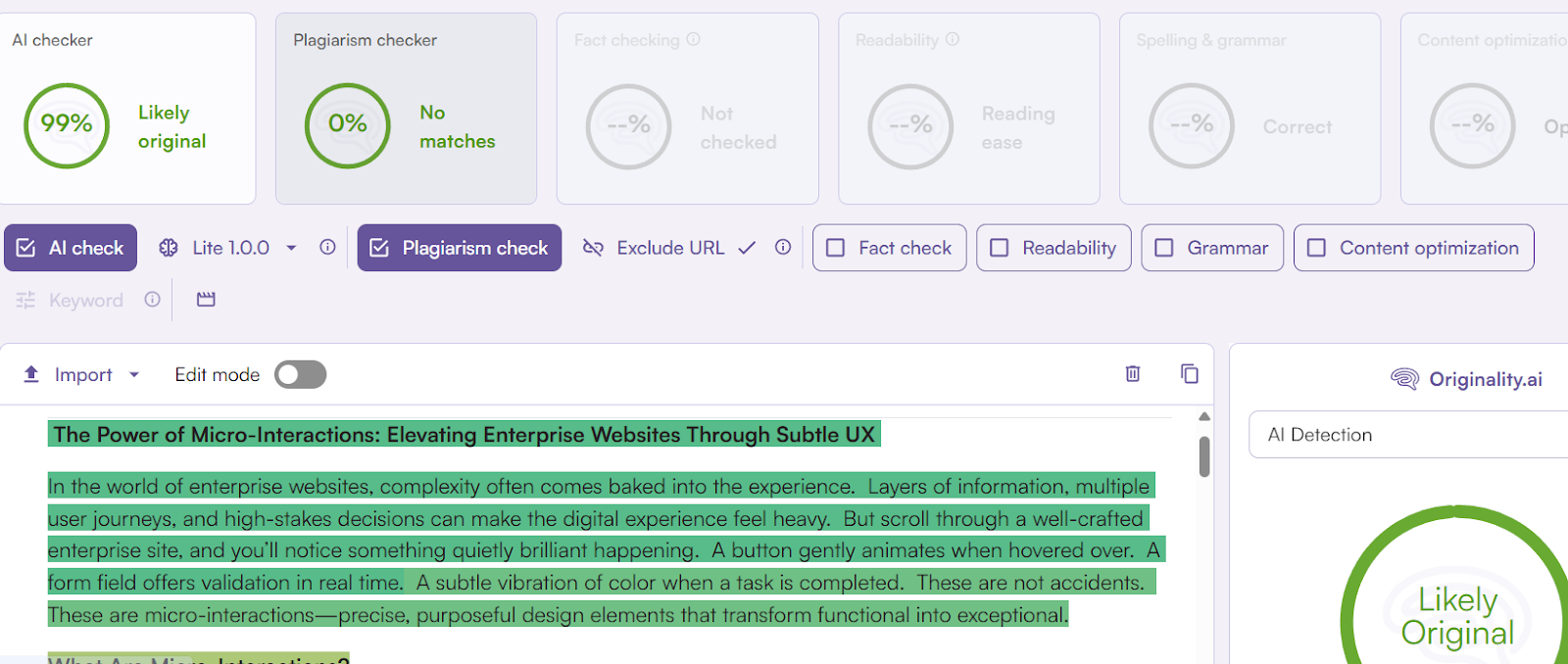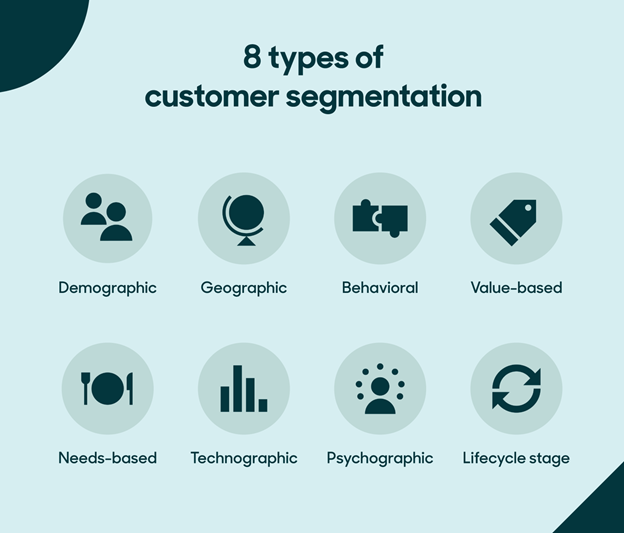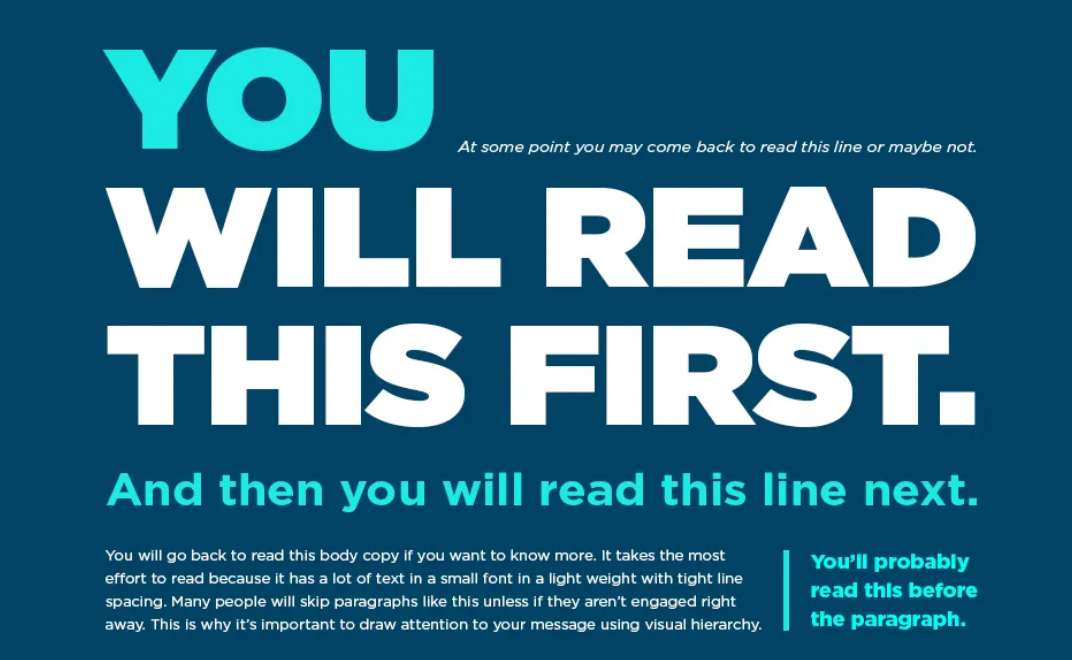In the world of enterprise websites, complexity often comes baked into the experience.
Layers of information, multiple user journeys, and high-stakes decisions can make the digital experience feel heavy. But scroll through a well-crafted enterprise site, and you’ll notice something quietly brilliant happening.
- A button gently animates when hovered over.
- A form field offers validation in real time.
- A subtle vibration of color when a task is completed.
These are not accidents. These are micro-interactions: precise, purposeful modern UI/UX design elements that transform functional into exceptional.
What Are Micro-Interactions?
Micro-interactions are fun transitions that make your websites go from “meh” to “ooh.”
These are small, contained interactive design elements that revolve around a single use case. They guide, inform, reward, and provide feedback to users in the moment. Ever noticed a swipe animation, a loading spinner, or a pulsing CTA? That’s micro-interaction in its full force.
Every time UX design trends are discussed, micro-interactions hold their ground, and it isn’t hard to guess why. These pretty little things breathe life into static interfaces, making them more responsive and engaging. They aren’t flashy or gaudy. They don’t scream for attention. But when added, they speak volumes.
For enterprise websites, where the customer journey is often long and decision-making is anchored to research and rigor, these little minimalistic design cues create a frictionless, more seamless path. They help users trust the system, stay oriented, and feel confident in their actions, without forcing them to think too much.
Why Micro-Interactions Matter in the Enterprise Space
In consumer apps, micro-interactions have been a UX sine qua non for years. But enterprise platforms and websites have only recently started embracing their full potential.
The reason is clear: enterprise users are no longer satisfied with just functionality. They expect the same level of elegance and ease they experience in their personal tech. That means the enterprise design process needs to shift from merely “working” to working beautifully.
Micro-interactions act as the invisible helpers of this transition. Here’s why they matter:
- They Reduce Cognitive Load: A tiny progress bar while uploading a document gives users a sense of control. They know the system is working. They’re not left guessing.
- They Guide Navigation: Highlighting the active menu tab, animating a successful action, or gently nudging the user to complete a task—all of these steer interaction without disrupting flow.
- They Humanize Digital Interfaces: A small animation can evoke a smile. A subtle vibration can mimic real-world tactility. These touches infuse personality into even the most utilitarian platforms.
In short, they create rhythm. They break the monotony of long scrolls and dense content. They build micro-moments of delight.
The Structure of a Micro-Interaction: A Breakdown
Dan Saffer, a former head of Product Design at Flipboard and the author of the book “Micro-Interactions: Designing With Details,” speaks about a micro-interaction having four key components: trigger, rules, feedback, and loops/modes.
Understanding and designing through this lifecycle allows teams to create interactions that feel intuitive, responsive, and consistent.
A trigger initiates the interaction. It could be a user action like a tap or a hover, or a system-based trigger like a new message arriving. Rules define what happens once the trigger is activated. They’re the invisible logic beneath the surface — how a button responds, what path the animation takes, or how quickly it reacts.
Feedback is what the user sees, hears, or feels in response. It can be a slight shift in color, a tick mark, a soft chime, or a haptic nudge. Feedback confirms the system is listening and responding, reducing uncertainty.
Loops and modes are longer-term states. Loops control how the micro-interaction behaves over time. For example, whether a tooltip reappears after being dismissed. Modes handle scenarios where the interaction may need to adapt, like switching to dark mode or adjusting for a logged-out state.
When designing for enterprise website UX, mapping these four stages helps teams isolate inefficiencies, align with engineering, and design consistent, reusable interactions. This lifecycle acts as a blueprint for intentionality; one that keeps delight tightly coupled with utility.
Crafting a Seamless Journey Through Micro-Interactions
Let’s talk about practical applications. Here’s where partnering with a UI/UX design agency and implementing micro-interactions shine brightest in an enterprise setting:
1. Onboarding and First-Time Use
First impressions matter. Even more so when the product or site is sophisticated. A well-timed tooltip that fades in, guiding the user through the dashboard layout. A progress bar that tracks completion of onboarding steps. These micro-interactions reassure the user and make them feel confident of being on the right path.
2. Form Interactions and Validation
Nobody loves forms, but they’re unavoidable in enterprise websites—whether it’s signing up for a demo, completing a survey, or submitting an RFP. With smart micro-interactions, forms feel less like a chore. For example:
- Real-time validation as the user types
- Animated checkmarks upon completing a field
- Auto-expanding sections that don’t overwhelm at first glance
The result: fewer drop-offs, better data, and a more confident user.
3. Search and Filtering UX
Search bars, filters, dropdowns — all critical for users trying to surface specific content or data. A responsive search bar that suggests terms as you type. A loading indicator when a filter is applied. A subtle fade-out/fade-in as results refresh. These micro-interactions create clarity and flow in high-information environments.
4. Feedback for User Actions
Micro-interactions are excellent at providing immediate feedback. Did the file upload? Did the password reset link get sent? Was the save successful?
Rather than forcing the user to look for a notification banner, a quick icon animation or color change can deliver that confirmation in context and at the exact spot where the action was taken.
5. Empty States and Error Handling
Enterprise software often deals with edge cases: zero data to display, broken connections, or permission errors. These are perfect moments for micro-interactions. A touch of motion or contextual guidance, like a bouncy icon, a witty one-liner, or a gently pulsing retry button, keeps the user engaged, rather than frustrated.
The Emotional Side of Micro-UX
Subtle design often wields the most emotional power. Micro-interactions can’t be measured only by clicks or conversions. They build trust. They offer clarity. They turn a cold, functional interface into something that feels considered.
And in enterprise experiences, where decision-makers may spend hours over weeks interacting with your website or portal, that emotional undercurrent adds up. Each well-placed interaction becomes a small promise. That’s a brand value you can’t fake with a banner ad.
Getting It Right: What to Keep in Mind
Designing great micro-interactions isn’t just about adding flair. It’s about intent, timing, and restraint.
- Design with Purpose: Every micro-interaction must serve a function — guiding, confirming, or easing a user task.
- Keep It Subtle: Flashy animations or long delays kill the flow. Micro-interactions should feel native, not performative.
- Test in Real Contexts: What feels delightful in a design prototype might feel distracting in a real-world task. Context testing is key.
- Maintain Consistency: A visual language of interaction, e.g., how buttons behave on hover or how loading indicators appear—should remain consistent across the site or platform.
Integrating Micro-Interactions With Enterprise Websites
In large organizations, consistency scales through design systems. But many of these systems stop at layout and components. Micro-interactions, when integrated into the core library, raise the bar across every product touchpoint.
The rulebook’s pretty simple. Codify interaction patterns. Define how buttons animate on hover, how forms validate, how notifications enter and exit. Package these as reusable behaviors, not just as code, but as design principles backed by rationale.
Use token systems for durations, easing, delays, and gesture thresholds. Create motion guidelines for designers and developers. Offer examples and edge case documentation.
When micro-interactions live in the system, every new product or team inherits polish. No reinvention. No inconsistency. Just a shared rhythm. This is where UX maturity shows. It’s all about nurturing scalable, repeatable excellence. Design systems make that possible when they include the tiniest details.
Micro-Interactions and Performance Testing
Subtle doesn’t mean weightless. Every animation, transition, or feedback effect adds load.
On enterprise sites, where data tables, dashboards, or media-rich components are common, performance must stay sharp and in green. Micro-interactions must be built with restraint and verified through real-world testing.
Start with load profiling. Use Lighthouse, WebPageTest, or custom scripts to test speed and responsiveness before and after adding interactions. Focus on frame rates and interactivity during high-stress moments like multi-step forms or rapid toggling across tabs.
Then test outcomes. Add micro-interactions in one workflow and run an A/B comparison against a static variant. Measure bounce, task completion time, hover rates, or user confidence scores. The data tells you what matters. Optimization is ongoing.
Also optimize your assets. Use CSS transitions when possible. Choose vector over raster. Compress JSON animations. Set fallbacks for devices with limited GPU support.
Micro-interactions work best when they feel effortless. That effect is engineered, not assumed.
Parting Thoughts
Enterprise websites have a job to do. They need to inform, convert, and serve. But that job doesn’t need to feel mechanical. Every scroll, tap, and click can become a moment of clarity or delight when treated with care.
Micro-interaction means are the punctuation marks in the story your website tells. They signal rhythm. They mark pauses. They help land where it should. In the end, users may not remember the button that animated. But they will remember how smooth it felt to use your product.
That’s the breakthrough of subtle, minimalistic UX lies. And enterprises that value experience and engineer experiences for tomorrow, it’s worth harnessing.
- How Micro-Interactions Transform Enterprise Websites - August 19, 2025
![]() Give feedback about this article
Give feedback about this article
Were sorry to hear about that, give us a chance to improve.
Error: Contact form not found.




